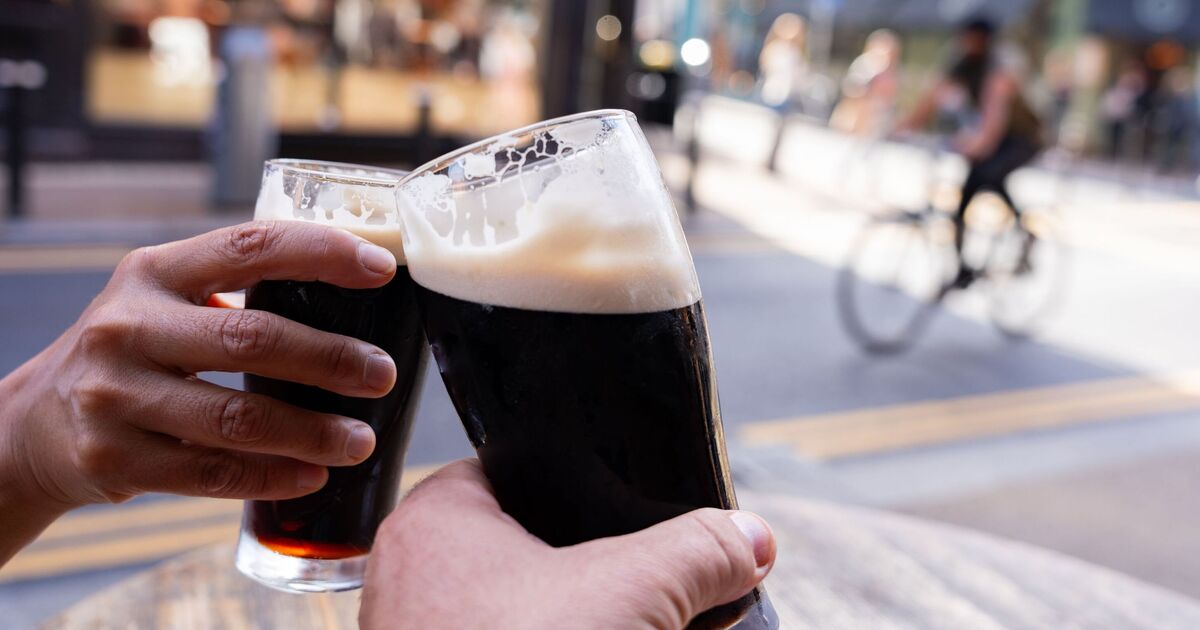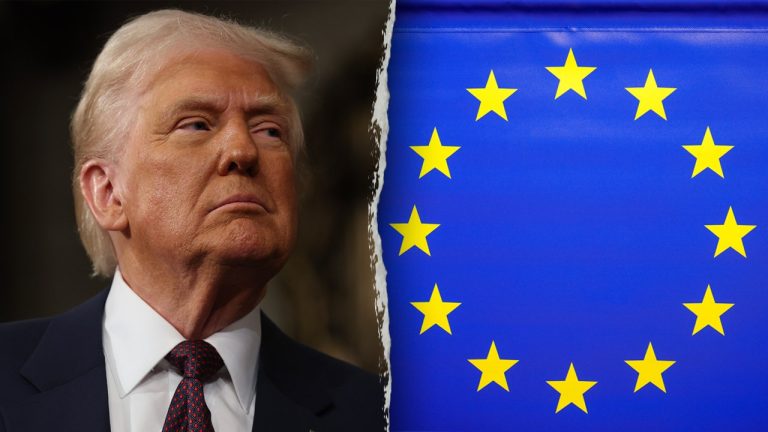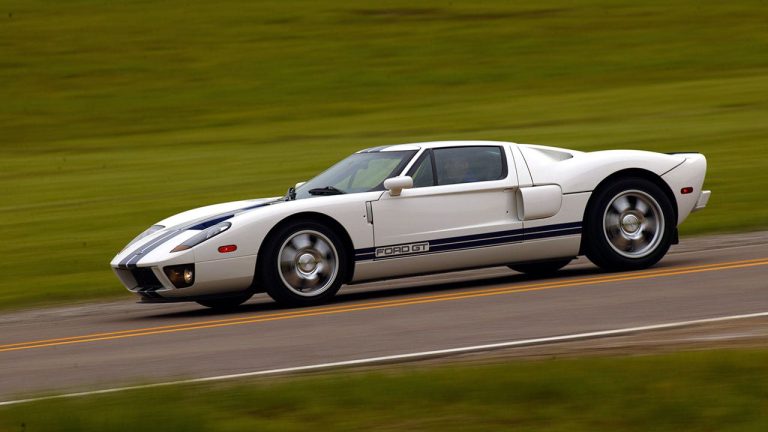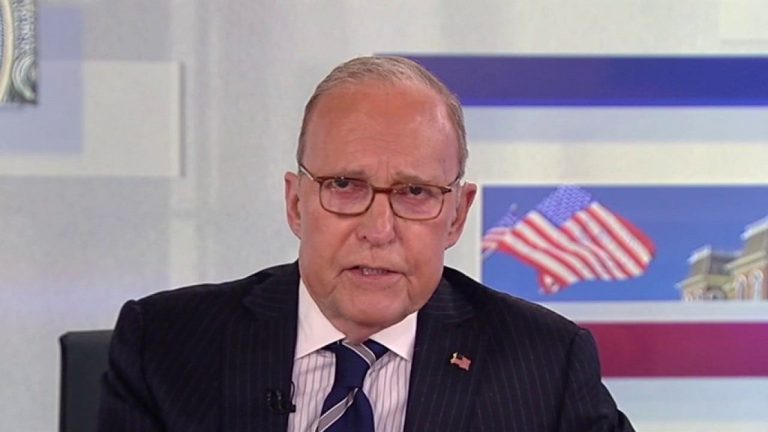
The average cost of a pint has risen by more than a quarter in the past five years taking it to £4.70.
Figures from the Office for National Statistics (ONS) show the average price has risen by £1.03 since January 2019 – up 28 percent.
And in some major cities like London and Brighton a pint can be as much as £6 or even £8.
These mark-ups in price are consistent across most industries when selling to people in major cities.
But where do these lofty prices come from and how much profit are pubs seeing?
Analysis by Sky News looked at the breakdown of the costs that sees a pub such as the Duke of Greenwich pub in south London charge £6 for a pint.
These show that the wholesale figure for the beer itself is £1.63, with wastage another 28p. Added to that are staff costs of £1.76, while rent and utilities, such as energy and water, come in at £1.39 and the CO2 gas needed to add fizz is 11p.
As a result, the profit margin on that £6 pint amounts to a modest 83p.
A pint of Crush IPA at the Drop Project Brewery in Mitcham is £7.80, but despite the big mark-up at the bar the profit is still a modest 99p.
The cost of living crisis has had a major impact on pub costs as the industry has grappled with hefty rises in energy and water prices cutting into their profits.
These costs do not just extend to lighting and rent but also invisible costs like providing heating to patrons, powering up fruit machines/jukeboxes and water costs for both cleaning glasses and keeping the toilets running.
The rising rate of inflation has also cut into the profit from pints as hospitality wages have risen to keep up with the national minimum wage.
Keeping a competitive wage is necessary in such a competitive industry that can so often rely on good hospitality to keep customers coming back.





